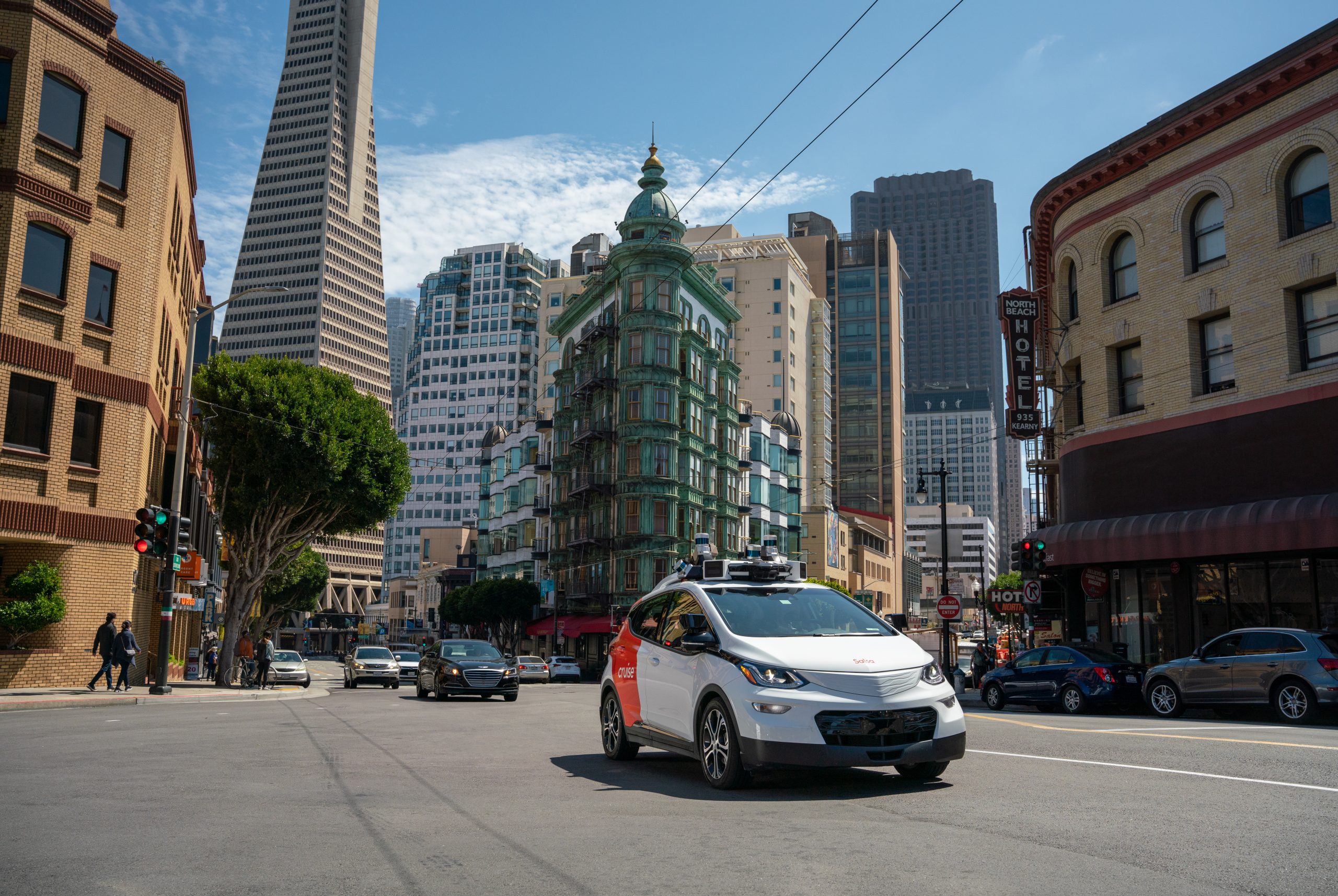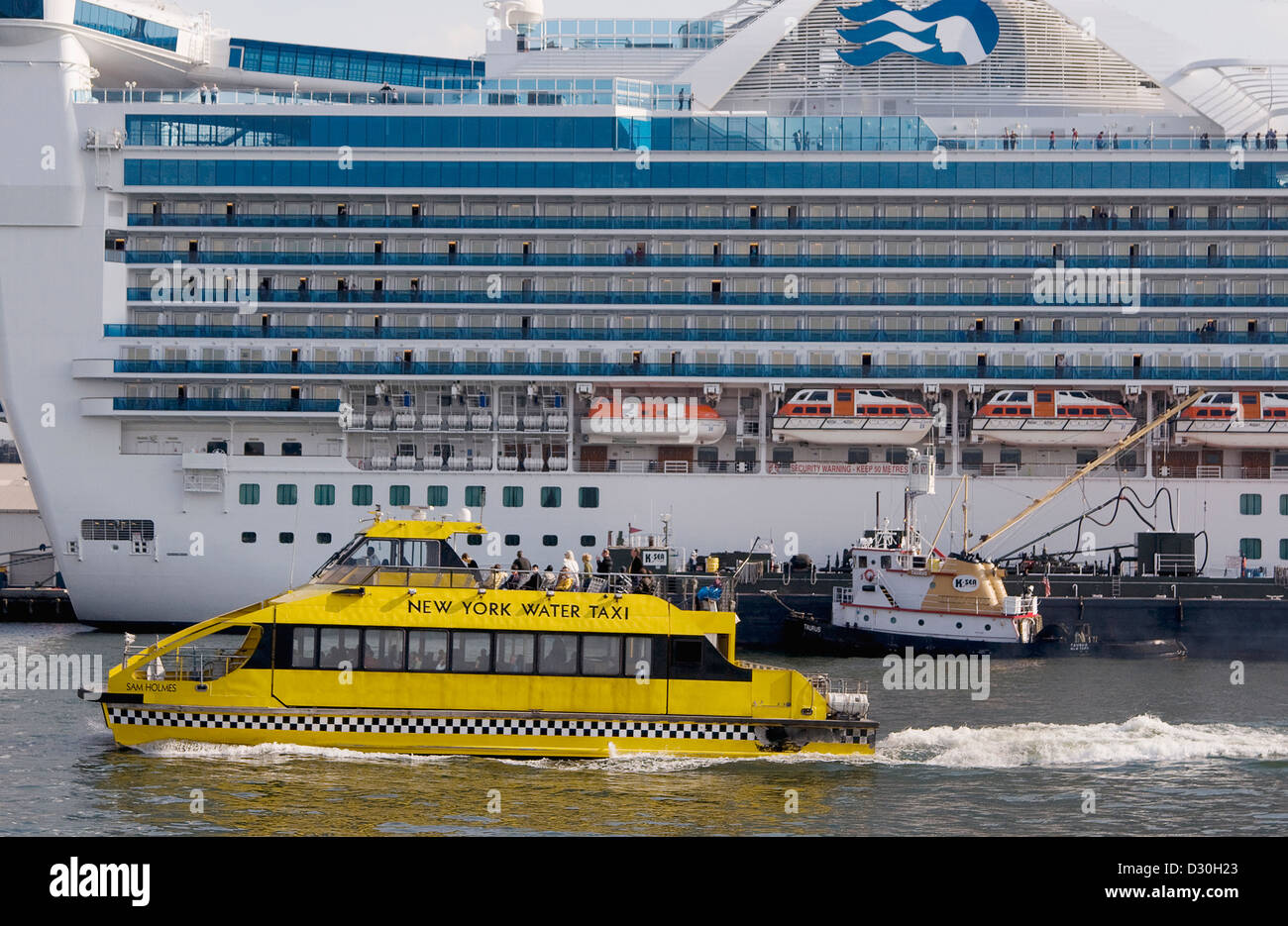Table Of Content

Ammann is expected to show how Cruise can increase revenue to $50 billion or more and provide analysts with details on cost per mile to consumers. The presentation will show how some big-name companies took years to get to that kind of revenue, the people said. Cruise Chief Executive Officer Dan Ammann is expected to say that the company plans to charge for rides as soon as next year and could expand in 2023 if Cruise gets the green light from California regulators.
Rider Reviews
Cruise removing all of its driverless taxis from SF streets - San Francisco Chronicle
Cruise removing all of its driverless taxis from SF streets.
Posted: Wed, 15 Nov 2023 08:00:00 GMT [source]
Elon Musk’s decision to green-light a robotaxi over an affordable EV might cost the company its lead, TC reporter Tim De Chant writes. Part of GM’s investor presentation will show how services like SuperCruise can bring in recurring subscription revenue. "I’ve seen them driving around the neighborhood at nighttime," said Greg Woodard.
Cruise (autonomous vehicle)
Following the incident, a spokesperson from Cruise told FOX 26 that their vehicles are programmed to be cautious when driving in complex situations. HOUSTON - Self-driving taxi vehicles are now operating in certain areas of Houston. Cruise ridehail services are not available at this time, but you can join the waitlist to be one of the first. What I really wanted to try was the advanced driver-assistance system, and specifically the automatic lane change feature, which I had yet to test. Lyft and Uber said they will pause on their planned exit from Minneapolis after city officials decided to delay the start of a driver pay raise by a couple of months. HysetCo SAS, a startup that rents hydrogen-powered EVs to taxi drivers in Paris, raised nearly €200 million ($218 million) in a round led by Hy24.

Pedestrian injuries
Cruise and the others will need to get the COGS much lower in time. That’s possible, particularly if they move to smaller vehicles for solo trips. Once your business is stable, the depreciation of the vehicle itself becomes the largest component of the COGS, and small vehicles can have small cost. The expensive hardware, like all electronics hardware, becomes cheap in volume. This also enables robotaxis to give affordable shorter rides, such as are desired for “first/last-mile” service both to transit and to robotic vans and pooling.
Cruise AV
Cruise, the self-driving arm of General Motors, said late today it had halted its robotaxi service across the US and would no longer operate its vehicles without safety drivers behind the wheel. With robotaxis, there is no “convincing” the driver, who is, of course, a robot. If companies increase prices, it will be either to make extra profit, or simply to manage demand when demand gets too high. If demand exceeds supply, wait times can skyrocket and rides can be simply unavailable, and that can mean a surge makes sense, though it also means rides are allocated to those who can pay more. Cruise and Waymo say the charges will be based on an “optimal” trip, ie. The sort that Waze might calculate for a human driver (other than freeway I expect.) The vehicles today often take less direct routes, to avoid streets and turns they don’t like making.
GM's Cruise Prepares to Resume Robotaxi Testing After Suspension - Bloomberg
GM's Cruise Prepares to Resume Robotaxi Testing After Suspension.
Posted: Fri, 23 Feb 2024 08:00:00 GMT [source]
Suspension of operations
Houston is the fourth city in the country to have Cruise vehicles operating following San Francisco, Austin, and Phoenix. In addition, Cruise is testing its vehicles in 10 other cities across the United States. Robotaxi companies had an active week, expanding coverage and services while the world waits for Tesla’s promised self-driving taxi in August.
Car replacement
Based on the disengagement reports it submitted to the California DMV, it only had around 30 cars or so operating at the beginning of 2022. CNN said it was maintaining a fleet of 100 vehicles by September last year and was seeking to add 5,000 more. The era of commercial autonomous robotaxi service is here — Cruise officially became the first company to offer fared rides to the general public in a major city as of late Wednesday. The milestone comes after Cruise received official approval from the California Public Utilities Commission in early June to operate driverless in a commercial capacity. The suspensions mark a serious setback for the driverless vehicle industry, which has faced charges of under-regulation even as Cruise and others plan to expand to new cities across the US. Cruise is still permitted to operate robotaxis in San Francisco with a human safety driver behind the wheel—which is how the company initially began to test self-driving cars in the city.
Man’s arrest for butt injections part of investigation that led to mother-daughter duo’s arrest, prosecutor confirms
Faraday Future is now grappling with two internal whistleblowers. Both former employees have filed lawsuits claiming the troubled EV company has been lying about some of the few sales it has announced to date. They also claim founder Jia Yueting has “weaponized” the EV startup’s HR department to retaliate against anyone who speaks up about these alleged misrepresentations. GM has said that Cruise had $55 million in revenue in the first half. The company charges for delivery services in Phoenix and gets some licensing revenue from Honda Motor Co. GM reported a $561 million first-half loss attributable to Cruise.
A new way to ride
Yoshi Mobility, a Nashville-based startup that developed an app to offer drivers preventative maintenance, virtual vehicle inspections and electric vehicle charging, raised $26 million in a Series C round led by General Motors Ventures. Bridgestone Americas, Universal Motors Agencies and Shikra Limited also participated. It was another wild week in the world of transportation, particularly in the EV startup and automated driving industries. Cruise plans eventually to expand its offerings beyond San Francisco with four- to six-passenger Origins but needs permission from the National Highway Traffic and Safety Administration to put the shuttle on public roads.
People are rushing to try out robotaxi services just for the novelty. They are already a tourist attraction in a couple of the places they exist, and this will be true for some time. In order to experiment with how people will use it in real life, you have to offer them the real prices you hope to have once in full production, and you must also give similar wait times and service levels. Until your fleet is very large, the only way to do that will be to limit who can ride so that vehicles stay free and wait times are low. There’s still a lot the companies have to learn about how customers will react to the services and prices, but now they will be permitted to do experiments.
For autonomous vehicle developers, every mile driven serves as proof that their technology works and as an opportunity to gather data for further improvement. Which is why Cruise, which has just announced that it has completed 1 million fully driverless miles, calls the achievement one of its biggest milestones yet. A spokesperson told us that those were miles driven with no safety driver behind the wheel and that most of them were collected in San Francisco.
We’re reintroducing a small fleet of manually-operated vehicles to begin mapping with trained safety drivers behind the wheel. Cruise’s recent problems with the crowd leaving a music festival in San Francisco (Uber and Lyft also overloaded) would have been a great place to do smart pooling. Every car leaving the concert should have been full with people going to roughly the same place, with single person robotaxis (that don’t yet exist) taking people the last mile to their homes from the common point. Indeed, for a concert, vans and buses should start the pooled trip.
GM’s presentation will include updates on the automaker’s electric vehicle plans, its SuperCruise driver-assistance feature and how the company will use its Ultify software platform to generate more revenue from app-based services in cars. To compete with car ownership, alternate pricing models are needed which can be easily compared to car ownership, and shown to be equal or superior. That actually should not be that hard — estimates suggest the average car owner pays about $8,000/year plus parking for all costs. Passengers don’t pay for parking when they ride taxis, though the small cost of places for cars to wait or be stored is factored into the cost, but shared over many more miles. "Our vehicles were stopped at an intersection where the lights were not cycling and showed all red," said a Cruise spokesperson. "Three Cruise autonomous vehicles (AV) with no drivers were stopped at Hawthorne and Montrose," said Alexander Spike.
Under previous permits, Cruise and Waymo operated some 550 driverless cars in San Francisco, though figures from the companies indicated they would collectively have only about 400 on the road at any given time. Today's decision by California regulators means the companies will be able to operate an unlimited number of robot cars that charge for rides on San Francisco’s streets. But the companies say their transition to a full-blown, Uber-like taxi service will take time. If you'll recall, the GM subsidiary started testing fully driverless rides in the city back in November 2021. It was also the first company to ever receive a driverless deployment permit from the California Public Utilities Commission, allowing it to charge passengers for robotaxi rides by June last year.

No comments:
Post a Comment